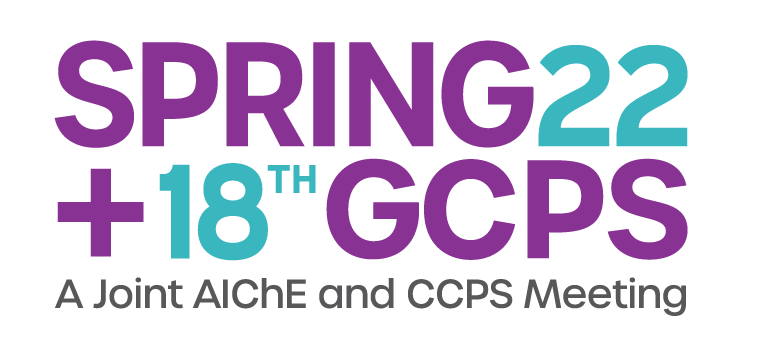

- Hazardous material inventories are maintained below threshold quantities.
- Flammable liquid inventory is stored in atmospheric storage tanks which are kept below the material’s normal boiling point without benefit of chilling or refrigeration.
- Flammable materials are a byproduct of an unintended chemistry and therefore not considered present in the process.
Operations Leaders want to avoid a catastrophic incident at their facilities, but they can be distracted by facility risks related to personnel turnover, supply chain disruptions, weakness in aging plant infrastructure, and rising OSHA illness and injury rates. Facility risk must be addressed in balance with both improving plant performance and finding ways to reduce risk presented by fires, explosions, and uncontrolled chemical reactions.
This paper features case studies where catastrophic fires or explosions occurred at non-regulated facilities, and why there is a business case for implementing PSM principles at non-regulated facilities. The case studies will highlight pragmatic approaches to address risk by examining the framework available through several Recognized and Generally Accepted Good Engineering Practices (RAGAGEP), such as NFPA 30, Flammable and Combustible Liquids Code, and NFPA 55, Compressed Gases, and Cryogenics Fluid Code.
The presentation will also feature “fit for purpose†approaches to properly managing operational risk using tailored programs involving the elements of CCPS Risk Based Process Safety.
Key principles that are covered in this paper include:
- Identifying a strong sponsor who understands the value of process safety principles, including the right-sized approach and timing, as not to overwhelm manufacturing focal points.
- Fostering a vulnerable leadership culture and open incident reporting system that relies on data to help drive priorities while the PSM program is in either in development or rolling out.
- Developing a program and roll-out plan that is right-sized based on the facility’s size, maturity, and resource capabilities, and utilizing the large body of available hazard control systems available in common industry RAGAGEP.
- Establishing strong program governance and an oversight committee that includes key players who can serve as change agents to help maintain energy as the program rolls out and introduce continuous improvement measures once the plant has reached a steady state in program implementation.
Presenter(s)
Language
Pricing
Individuals
| AIChE Member Credits | 0.5 |
| AIChE Pro Members | $19.00 |
| Employees of CCPS Member Companies | Free |
| AIChE Graduate Student Members | Free |
| AIChE Undergraduate Student Members | Free |
| AIChE Explorer Members | $29.00 |
| Non-Members | $29.00 |
